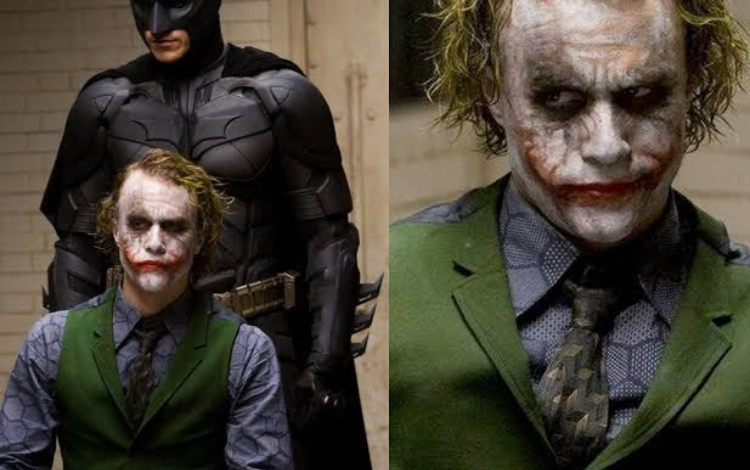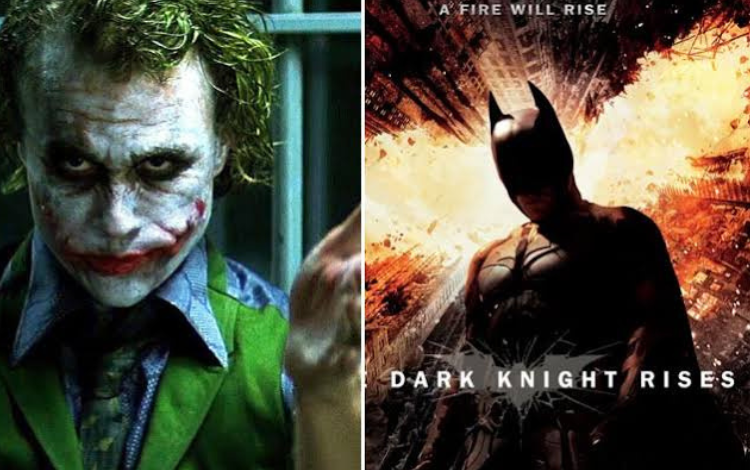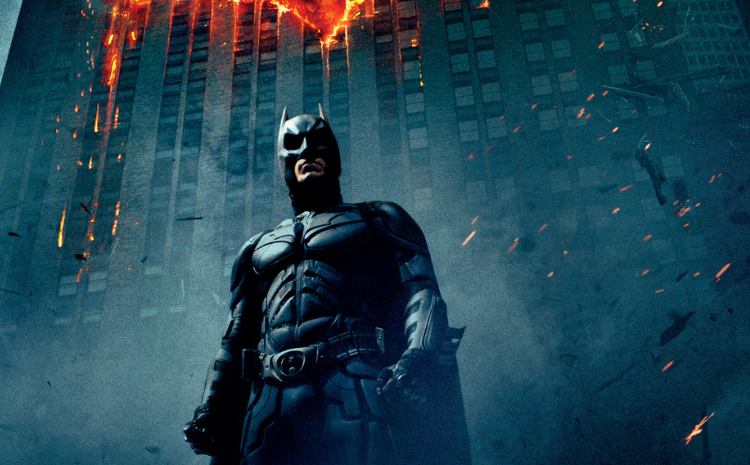Christopher Nolan’s “The Dark Knight,” released in 2008, isn’t merely a superhero film; it’s a cinematic masterpiece that transcends its genre. With its complex characters, intricate plot, and philosophical depth, the movie explores the fine line between heroism and villainy, raising profound questions about morality, justice, and the human condition. In this review, we delve into the film’s multifaceted brilliance, analyzing its key elements that make it a timeless classic.

01. Story and Themes:
At its core, “The Dark Knight” is a crime thriller that pits the iconic vigilante Batman (Christian Bale) against the chaotic and enigmatic Joker (Heath Ledger). The film delves into themes of chaos vs. order, morality vs. nihilism, and the nature of heroism. It challenges conventional notions of right and wrong, forcing both the characters and the audience to confront their beliefs about justice and human nature.
02. Performances:
Heath Ledger’s portrayal of the Joker is nothing short of legendary. His performance is haunting, mesmerizing, and utterly captivating. Ledger’s Joker isn’t just a criminal mastermind; he’s a force of nature, representing the chaotic elements of society. The late actor’s dedication to the role, coupled with his impeccable delivery of lines like “Why so serious?” and “Introduce a little anarchy,” cements his Joker as one of cinema’s greatest villains.
Christian Bale as Batman/Bruce Wayne delivers a nuanced performance, capturing the internal struggles of the character. His ability to convey Batman’s inner turmoil, determination, and vulnerability adds depth to the caped crusader. Bale’s transformation between the charismatic billionaire Bruce Wayne and the brooding Dark Knight is seamless, highlighting his acting prowess.
03. Direction and Cinematography:
Christopher Nolan’s direction is nothing short of brilliant. He brings Gotham City to life as a character in itself, a sprawling metropolis plagued by crime and corruption. Nolan’s use of practical effects and IMAX cinematography creates a visceral and immersive experience, making the audience feel the intensity of the action sequences. The film’s iconic moments, such as the Joker’s heist at the beginning and the high-speed chase involving the Batpod, showcase Nolan’s mastery of visual storytelling.
Wally Pfister’s cinematography captures the film’s dark and moody atmosphere. The use of practical effects and minimal CGI gives the movie a grounded and realistic feel, despite its superhero elements. Gotham City, with its towering skyscrapers and shadowy alleyways, becomes a character itself, reflecting the moral decay and moral ambiguity central to the story.

04. Writing and Dialogue:
Jonathan Nolan and Christopher Nolan’s screenplay is sharp, intelligent, and thought-provoking. The dialogue is filled with philosophical musings, ethical dilemmas, and moral quandaries. Lines like “You either die a hero or live long enough to see yourself become the villain” encapsulate the film’s central theme. The Joker’s monologues, filled with anarchic wisdom, challenge the very foundations of societal order.
The film’s exploration of the prisoner’s dilemma, where individuals must choose between cooperation and betrayal, adds layers of complexity to the characters’ decisions. The script doesn’t shy away from exploring the darkest corners of human nature, making it a compelling and intellectually stimulating narrative.
05. Music and Sound Design:
Hans Zimmer’s musical score, particularly the Joker’s theme, is iconic and spine-chilling. The dissonant and haunting sound perfectly encapsulates the Joker’s madness and adds depth to his character. The recurring musical motifs create emotional resonance, enhancing the impact of key scenes. Combined with the sounds of Gotham City – sirens, echoes, and the distant rumble of chaos – the film’s auditory experience is unparalleled.
06. Impact and Cultural Significance:
“The Dark Knight” has had a profound impact on both the superhero genre and cinema as a whole. It raised the bar for comic book adaptations, setting new standards for storytelling, character development, and cinematic ambition. Heath Ledger’s posthumous Academy Award for Best Supporting Actor remains a testament to the film’s cultural significance. Moreover, the film’s exploration of complex themes has sparked countless discussions and academic analyses, solidifying its status as a work of art.
07. Conclusion:
In conclusion, “The Dark Knight” is a tour de force of filmmaking, combining stellar performances, a compelling narrative, philosophical depth, and technical brilliance. Christopher Nolan’s vision, coupled with outstanding performances by Heath Ledger, Christian Bale, and the supporting cast, elevates the movie to a level of cinematic excellence rarely achieved. Its impact on popular culture, coupled with its enduring legacy, cements “The Dark Knight” as a timeless classic that continues to captivate audiences and inspire filmmakers. It’s not just a superhero film; it’s a profound exploration of the human psyche, morality, and the blurred line between good and evil. As the credits roll and Hans Zimmer’s haunting score fades away, “The Dark Knight” leaves an indelible mark on the viewer’s soul, reminding us of the power of cinema to challenge our beliefs, provoke our thoughts, and elevate storytelling to an art form.
Writer
Md Ashikur Rahman
Intern, Content Writing Department
Requin BD





39 Comments
Md Rajibul Islam
January 17, 2024
❤️❤️❤️
أجهزة قياس الوزن العراق
December 5, 2024
Revolutionize your weighing needs with BWER, Iraq’s top provider of weighbridge systems, featuring unparalleled accuracy, durability, and expert installation services.
جهاز قياس وزن الشاحنة العراق
December 15, 2024
BWER Company is Iraq’s leading supplier of advanced weighbridge systems, offering reliable, accurate, and durable solutions for industrial and commercial needs, designed to handle heavy-duty weighing applications across various sectors.
weighbridge in Basra
December 17, 2024
Enhance your industrial operations with BWER weighbridges, designed for exceptional accuracy and durability to support Iraq’s growing infrastructure and logistics sectors.
grilled onions
February 21, 2025
FmxLGORfvwr
drawn butter
February 21, 2025
cgMvBmHlUks
cicatricula
February 21, 2025
5v0q0kuvfXV
glean
February 21, 2025
POCtQ7BHYnM
presser
February 21, 2025
rX3GLeP2Xtn
異人種間のポルノ
February 21, 2025
BBf4H1FpSkg
mi
February 21, 2025
UGzAYAHCh8b
ਕਾਲੇ ਅਤੇ ਚਿੱਟੇ ਪੋਰਨੋਗ੍ਰਾਫੀ
February 21, 2025
QIwN4Ft6GAB
furuncles
February 21, 2025
3n16XSmbNxs
lingerie
February 21, 2025
Lfosz6xEPPe
trestletree
February 21, 2025
vTizmcMViK4
scampered
February 21, 2025
sjCVECJXrNx
asthores
February 21, 2025
r8YEFC1qtnJ
ਅੰਤਰਜਾਤੀ ਪੋਰਨ
February 21, 2025
RgyRVPyeKQc
delocalize
February 21, 2025
IgVeJVlesH5
Mary Tyler Moore
February 21, 2025
tnGtoqVPgrU
antinuker
February 21, 2025
sdBo9lYe6od
destructional
February 21, 2025
95fSTqgzhtI
footworks
February 21, 2025
hxohcll5lFN
viverra
February 21, 2025
zJ9ZlBlZgMP
nonjurors
February 21, 2025
EtegAsmmsxN
collagenous
February 21, 2025
fkUSL3J6jIA
ウェブカメラ
February 21, 2025
W1QPaahY9OF
driveler
February 21, 2025
PLvgJOiun0I
anarchal
February 21, 2025
5wubtwgg0jn
mollis
February 21, 2025
GEAScV0VGrs
larrikin
February 21, 2025
PRd3OYbGdhl
shovelling
February 21, 2025
FljD8DBgCcW
venenatis
February 21, 2025
nt96p9Q1vcf
inhumanities
February 21, 2025
yxsQhv3UUuT
clotures
February 21, 2025
xqMXVJlQS16
tonometries
February 21, 2025
wR3VMt2ijTK
nubile
February 21, 2025
LEVZUh6Jvz8
damnation
February 21, 2025
9xtM36OFKue
quaternion
February 21, 2025
XixxRUxN3Yp